I am running an application that takes information and sends it over the serial port, with some processing etc done on my proprietary board (using an ATMEL simple Micro-controller). I am testing to check on how much stress I am putting on the micro-controller to verify what I will use later on with my application depending on the stress levels I see.
Now serial is one thing, but I would like to communicate wirelessly to transfer my information (can be from a few kb to a couple mb of information). Should I see any major differences in the stress on the processor if I'm communicating through serial as opposed to RF?
I have never really done anything with RF before (I'm a student), so I'd like to have some sort of idea on the different amounts of stress on this could induce compared to serial comm before I actually buy some more parts.
Thanks!
